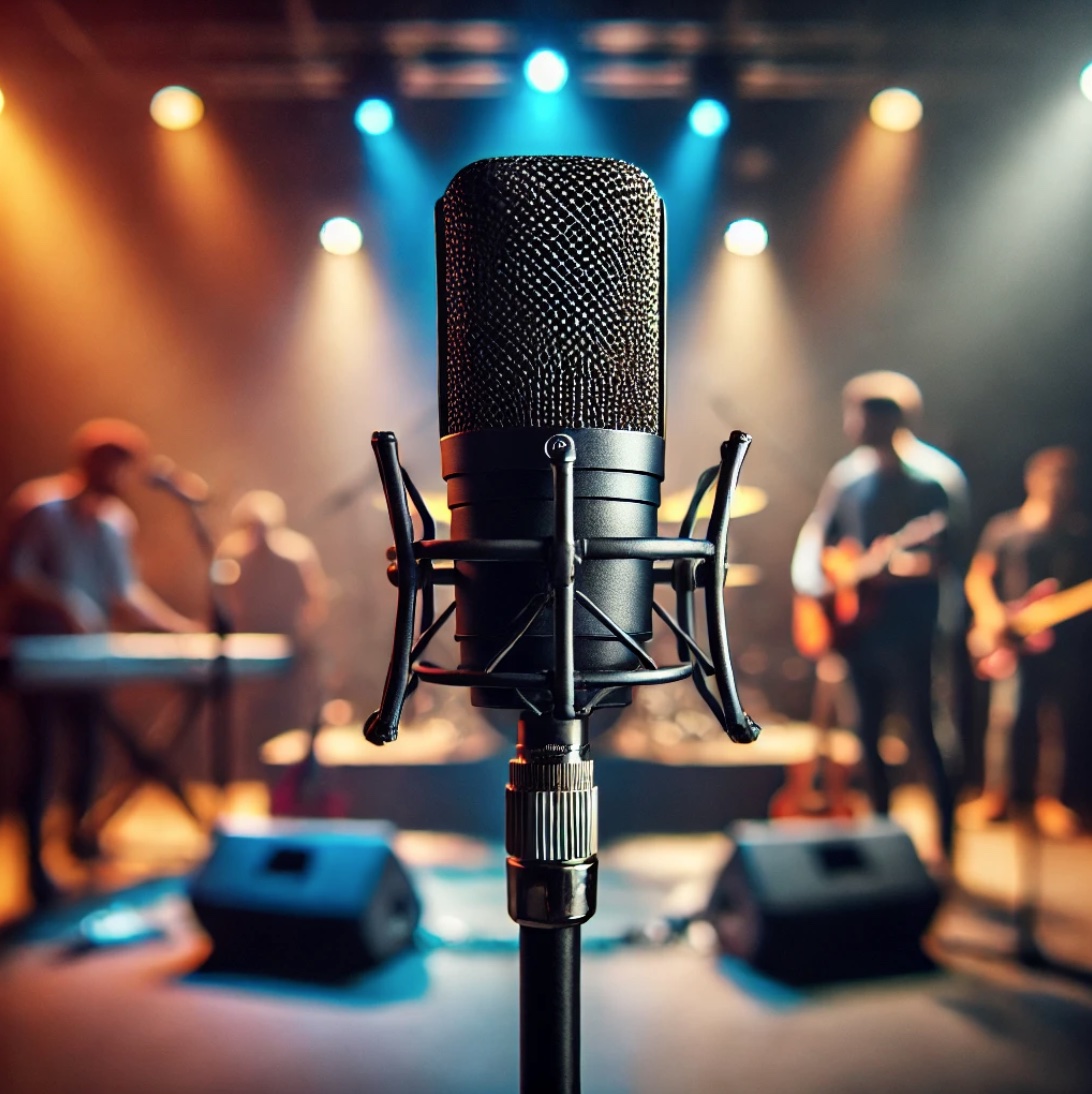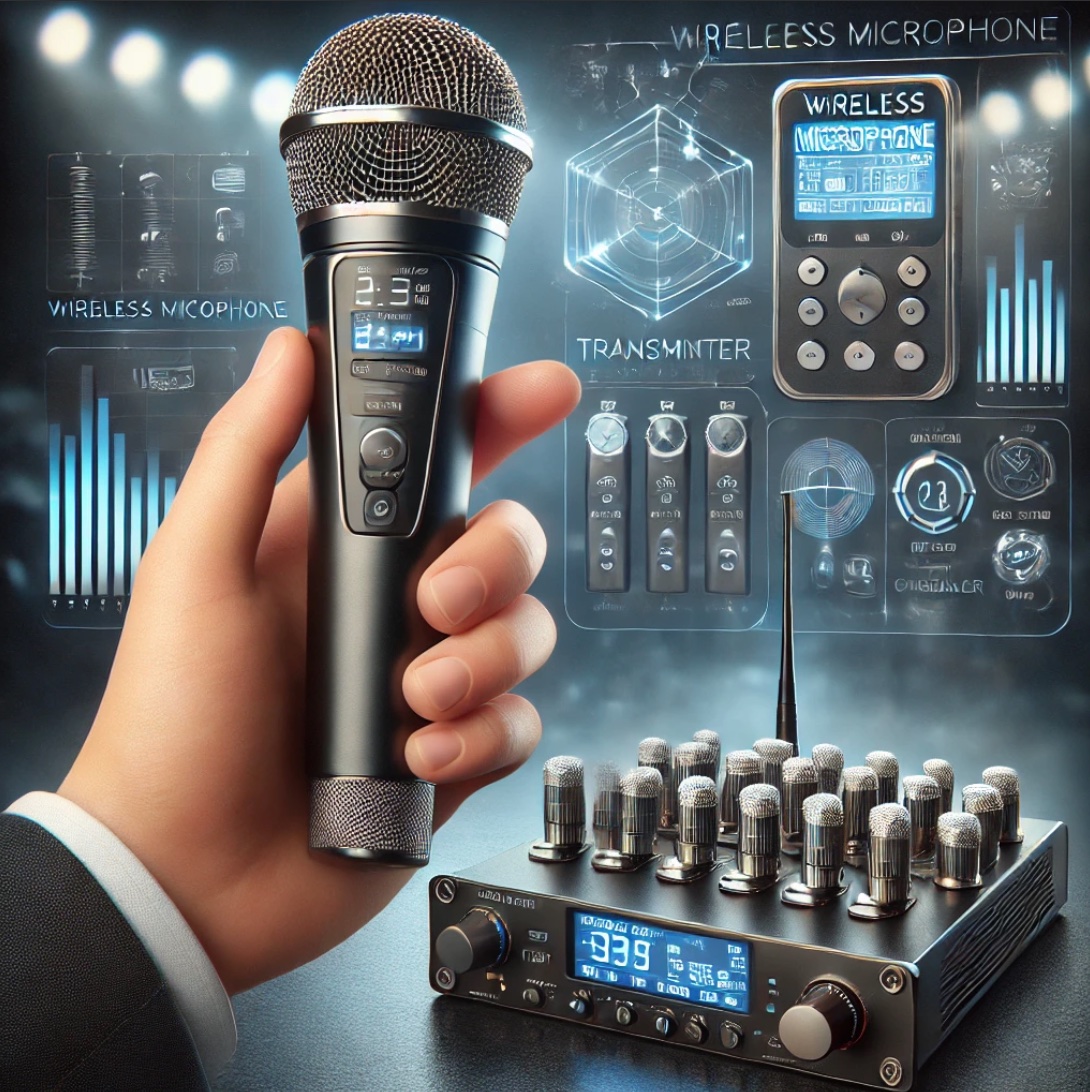Getting To Know Your Microphone

Selecting the right microphone for your performance is crucial to ensuring excellent sound quality and audience engagement. With numerous brands and types available, it can be challenging to know where to start. This article will guide you through the process of choosing the right microphone, focusing on renowned brands such as JTS, ADASTRA, CHORD, CITRONIC, FENTON, FILO, POWER DYNAMICS, QTX, ROXTONE, and VONYX.
Understanding Different Types of Microphones
1.Dynamic Microphones
Dynamic microphones are known for their durability and ability to handle high sound pressure levels (SPL). They are ideal for live performances due to their robustness and affordability. Dynamic microphones are one of the most common types of microphones used in both live performances and studio recordings. They operate using an electromagnetic induction principle, making them robust and capable of handling high sound pressure levels (SPL). This design makes dynamic microphones ideal for capturing loud sound sources without distortion.

Benefits of Dynamic Microphones
- Durability: Dynamic microphones are built to withstand rough handling, making them ideal for live performances where equipment can be subjected to rigorous use.
- High SPL Handling: They can handle loud sound sources without distortion, making them perfect for capturing drums, guitar amplifiers, and other loud instruments.
- No External Power Required: Unlike condenser microphones, dynamic microphones do not require external power (phantom power), simplifying setup and reducing equipment needs.
2.Condenser Microphones
Condenser microphones, also known as capacitor microphones, are widely used in studios and live performances for their high sensitivity and excellent sound quality. They are particularly known for their ability to capture detailed and nuanced audio, making them ideal for vocal recordings, acoustic instruments, and other applications where clarity and accuracy are paramount.

How Do They Work?
Condenser microphones operate on an electrostatic principle. They consist of two key components: a diaphragm and a backplate, which together form a capacitor. Here’s how they work:
- Diaphragm: The diaphragm is a thin, flexible membrane that moves in response to sound waves.
- Backplate: Positioned close to the diaphragm, the backplate is a fixed metal plate.
When sound waves hit the diaphragm, it moves, changing the distance between the diaphragm and the backplate. This movement alters the capacitance, creating an electrical signal that corresponds to the sound wave. Unlike dynamic microphones, condenser microphones require an external power source, usually provided by phantom power (48V), to maintain the charge between the diaphragm and backplate.
3.Wireless Microphones
What are Wireless Microphones?
Wireless microphones, as the name suggests, are microphones that do not require a physical cable to connect to a sound system. They use radio frequency (RF) signals to transmit audio from the microphone to a receiver, which then feeds the signal into the sound system. This setup provides freedom of movement and flexibility, making wireless microphones a popular choice for a wide range of applications, including live performances, public speaking, and events.

Wireless microphones consist of two main components:
- Transmitter: This is typically built into the microphone body or attached to a belt pack. It converts the audio signal into an RF signal and transmits it to the receiver.
- Receiver: This device picks up the RF signal from the transmitter, converts it back into an audio signal, and sends it to the sound system.
Benefits of Wireless Microphones
- Freedom of Movement: The most significant advantage of wireless microphones is the freedom they offer. Performers, speakers, and presenters can move around the stage or venue without being tethered by cables.

- Flexibility: Wireless microphones are highly flexible and can be used in various environments, from large concert halls to small conference rooms.
- Reduced Clutter: Without the need for cables, wireless microphones help reduce stage clutter, creating a cleaner and more professional appearance.
- Quick Setup: Wireless systems are generally quicker to set up than wired systems, saving time during event preparations.
- Versatility: Wireless microphones can be used for various applications, including vocals, instruments, and public speaking.
Conclusion
Choosing the right microphone for your performance is essential for achieving the best sound quality. Whether you need a dynamic microphone for live vocals, a condenser microphone for studio recording, or a wireless microphone for mobility, brands like Adastra, JTS, Filo, Roxtone and others offer excellent options to suit your needs. By considering factors such as microphone type, polar pattern, frequency response, and connectivity, you can ensure that you select the perfect microphone for your specific application.